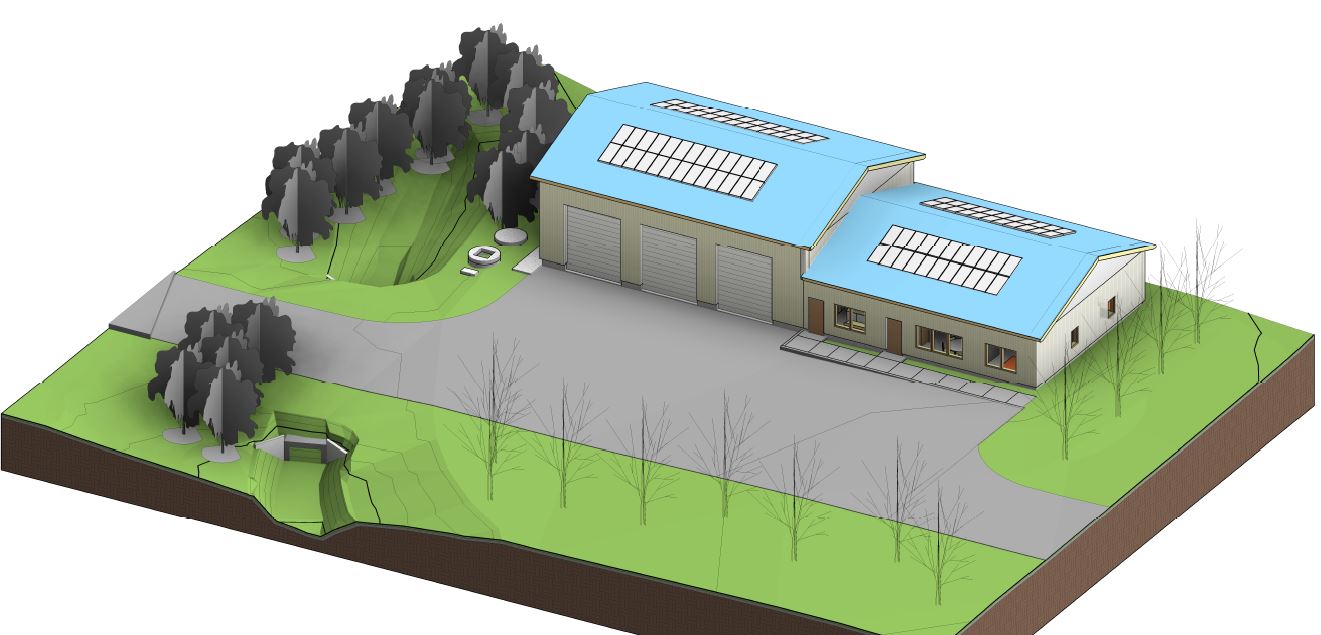Nearly one in four adults has a disability in the United States. The most common disability is mobility, followed by hearing and vision. “At some point in their lives, most people will either have a disability or know someone who has one,” according to Coleen Boyle, Ph.D., director of CDC’s National Center on Birth Defects and Developmental Disabilities. After almost 30 years since it was first established, the Americans with Disabilities Act (ADA) has had a significant impact on transportation engineering and design for public use.
Recognizing the challenges of adapting the ADA guidelines to existing transportation infrastructure (sidewalks, street crossings, curb ramps, etc.), the United States Access Board is in the process of developing new guidelines for these facilities called “Accessibility Guidelines for Pedestrian Facilities in the Public Right-of-Way,” popularly known as PROWAG. These guidelines, which are currently a draft but recognized as an industry best practice, establish practical design standards for these elements while recognizing the various constraints posed by space limitations, roadway design practices, slope, and terrain.
Learning about ADA compliant engineering designs can help make streets a safer place for those 61 million Americans living with a disability. Below are two types of engineering designs that you commonly see but might not fully know their purpose:
- Accessible Pedestrian Signal and Push Button: These devices are used at pedestrian crossings to provide non-visual information (audible or vibratory) on WALK and DON’T WALK intervals. Through tones and vibration, they help a visually-impaired pedestrian locate the push button, know when the walk interval has begun, and know the direction of crossing. It can also provide information on the crossing location through braille or speech messages. The location and design of a pedestrian push button are also critical for those with disabilities. The buttons should be located adjacent to a level all-weather surface and within 3.5’ to 4’ above the sidewalk to provide access from a wheelchair (shown below). To ease operation, they should also be large enough to push with a closed fist and no more than 3.5 pounds of force.
- Curb Ramps and Detectable Warnings on Surfaces: Accessible sidewalks are imperative to those living with mobility issues. Safely crossing a street or entering/exiting a parking lot can be difficult for those in wheelchairs if there are no curb ramps. Curb ramps (as shown below) provide a maximum of 1:12 grade to smoothly transition from the sidewalk elevation. As the ramp is flush with the roadway, a detectable warning surface is required to provide tactile cues to those with vision impairments to alert them that they are entering the roadway. A change in surface texture and color, such as concrete, can also be more conspicuous for those with minor vision impairment.
The ADA was a Civil Rights Movement that prevented discrimination of those with disabilities. The two engineering designs described above were designed to comply with ADA. These designs, and others, will continue to help pedestrians feel more comfortable making their way safely across the street.












